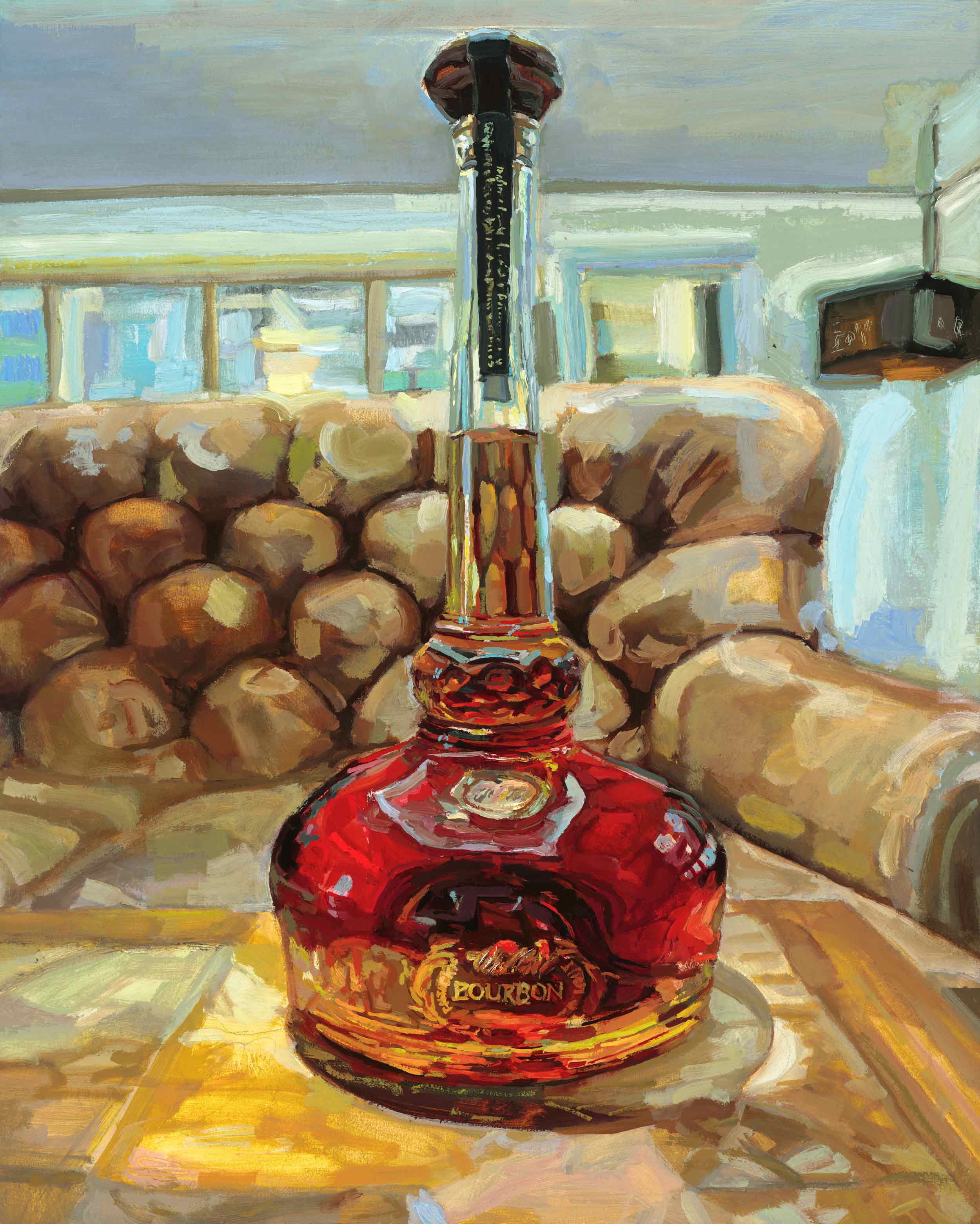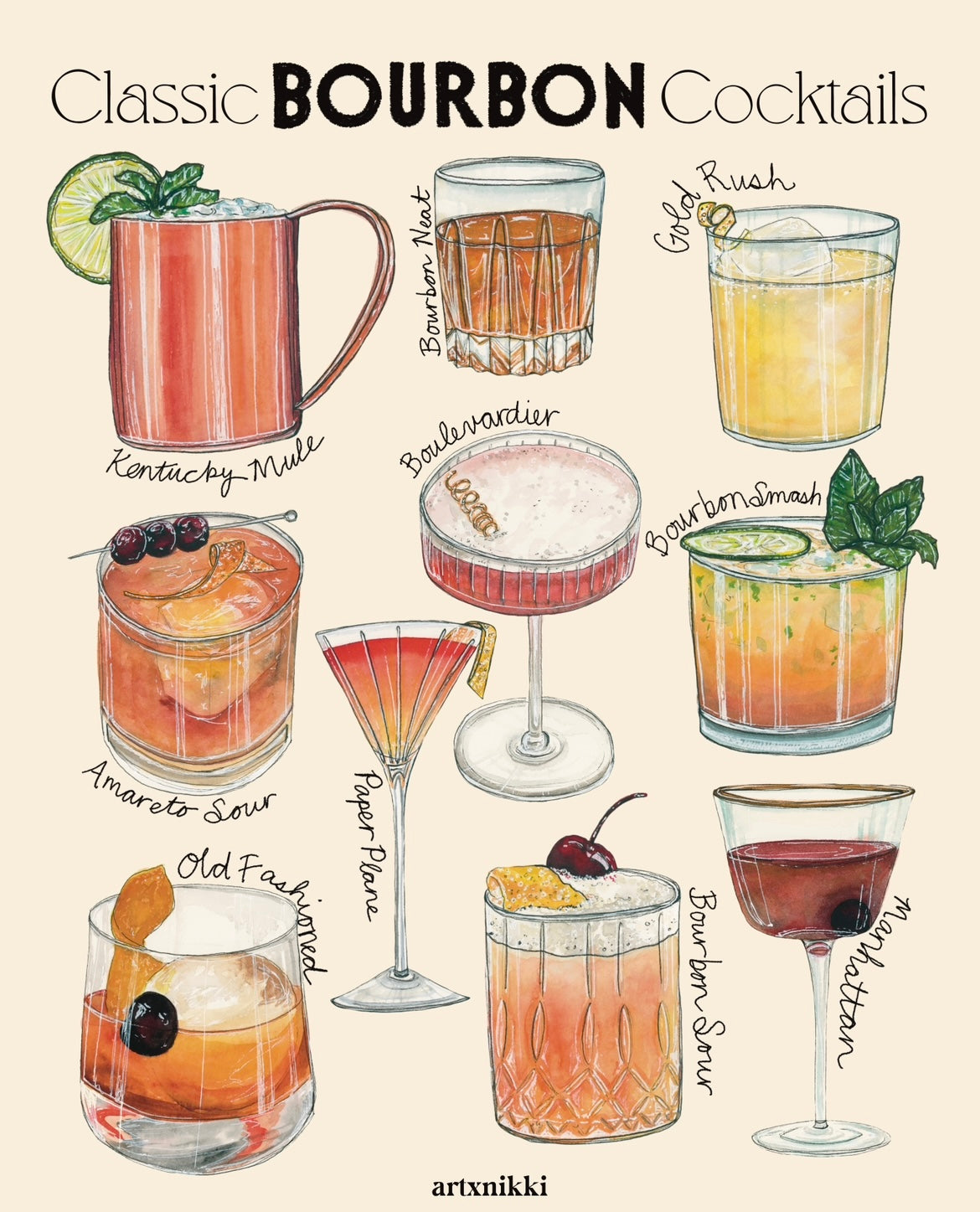Catching the Significance of Scotch Art Via Special Visual Depictions and Styles
The art of bourbon prolongs beyond the fluid itself, materializing through a range of aesthetic representations that envelop its fabled heritage and craftsmanship. From the thorough style of labels that share brand stories to evocative photography that catches the spirit's appeal, each artistic expression offers to enhance the customer's trip. As the industry welcomes contemporary fads, the discussion surrounding these representations comes to be progressively abundant and complicated, hinting at much deeper connections between culture and imagination. What stays to be discovered is exactly how these evolving designs mirror not just the bourbon itself yet additionally the changing landscape of creative analysis.
The Background of Bourbon Art

As bourbon manufacturing spread, so as well did the wish to raise its experience with art. From the detailed inscriptions on early barrels to the intricate labels of modern-day containers, each component reflects a distinct creative vision, working as a visual narrative of the bourbon's heritage.
In the 18th and 19th centuries, the increase of the commercial revolution even more boosted bourbon art, causing ingenious product packaging and advertising that recorded consumer attention. Designers and musicians began trying out with aesthetics, imbuing whiskey-related imagery with symbolic meanings that conveyed ideas of practice, craftsmanship, and neighborhood.
Today, whiskey art continues to develop, blending conventional techniques with contemporary art kinds. Realism Art. This ongoing dialogue in between the spirit and its graph emphasizes the enduring bond in between whiskey and society, improving the overall experience for enthusiasts worldwide
Iconic Bottle Layouts
While many factors contribute to the appeal of whiskey, famous bottle designs play a crucial function in forming customer assumption and enhancing the general experience. The aesthetic presentation of bourbon containers is not simply a visual factor to consider; it functions as a bridge in between the customer and the product, stimulating feelings and establishing expectations.
Distinct forms, products, and closures can raise a whiskey brand's identity, making it immediately recognizable on congested shelves. For example, the classic Glenfiddich bottle, with its elegant tapered silhouette, communicates a feeling of practice and craftsmanship, while the bold, modern-day design of the Balvenie bottle shows innovation and sophistication. The use of colored glass or distinct appearances can recommend the top quality and character of the scotch within.
Renowned designs frequently include aspects of cultural heritage, signifying the brand's background and connection to its origins. Brands like Jack Daniel's use a simple, robust design that reverberates with its American scotch heritage. Eventually, the influence of container design prolongs beyond mere capability; it envelops the essence of the brand, inviting consumers to delight and explore in the rich tapestry of scotch culture.
Label Art Work and Branding
Container designs often set the phase for what customers can anticipate, but tag art work and branding play a similarly substantial duty in communicating a bourbon's identity. The label offers as the initial factor of get in touch with between the customer and the product, enveloping the essence of the scotch within its aesthetic elements.
Effective tag art work integrates shade, typography, and images to produce a story that resonates with the brand name's heritage and target audience. A tag featuring vintage fonts and detailed images may evoke a sense of custom and craftsmanship, appealing to connoisseurs. In comparison, strong shades and modern-day design elements could attract a younger demographic seeking technology and excitement.


Digital Photography and Visual Narration
Catching the essence of scotch through photography and aesthetic storytelling is an art kind that elevates the brand experience. This medium goes beyond simple product depiction, diving into the detailed stories that border each bottle. By employing compelling imagery, professional photographers can stimulate emotions that reverberate with consumers, inevitably creating a deeper link to the bourbon brand name.
Visual storytelling in whiskey photography frequently makes use of rich appearances, lighting, and make-up to highlight the unique qualities of the spirit. The interplay of light and darkness can accentuate the amber shades of whiskey, while the option of background aspects-- such as rustic barrels or elegant glassware-- can reinforce the brand name's heritage or way of living associations.
Moreover, recording the ritualistic elements of whiskey intake, from the putting to the tasting, welcomes customers right into a sensory experience, allowing them to picture the flavors and aromas that await. Each photo not just showcases the item yet additionally narrates of craftsmanship, tradition, and the minutes that whiskey can boost - Realism Art. Therefore, photography comes to be an effective tool in verbalizing the identification of bourbon brands, placing them within the wider cultural landscape
Arising Trends in Bourbon Art
The development of scotch art is increasingly shaped by Your Domain Name contemporary fads that mirror broader societal changes and consumer choices. One prominent trend is the combination of sustainability right into art practices. Artists are currently using environmentally friendly procedures and recycled materials to develop whiskey-themed items, reverberating with environmentally mindful customers. This change not just highlights the value of sustainability however additionally improves the narrative bordering whiskey manufacturing.
Furthermore, electronic art has actually risen in appeal, enabling cutting-edge representations of scotch. Musicians are leveraging technology to craft immersive experiences, such as enhanced fact installations that engage viewers and supply a deeper understanding of bourbon's cultural importance. This trend additionally expands to social networks platforms, where visually striking content amasses attention and cultivates community among enthusiasts.
Moreover, cooperations in between bourbon brands and artists are ending up being much more prevalent. These collaborations produce limited-edition product packaging layouts and exclusive artworks that celebrate both the workmanship of bourbon and the creativity of musicians. As whiskey art remains to develop, these emerging trends will certainly shape its future, cultivating a dynamic junction of society, sustainability, and innovation within the whiskey neighborhood.
Conclusion
Finally, the art of bourbon includes a varied selection of aesthetic representations that reflect its abundant heritage and workmanship. From famous bottle styles and intricate label artwork to engaging digital photography, each component contributes to a more comprehensive story that improves the customer's experience. As arising fads, such as electronic art and sustainability, remain to form this creative landscape, the complex identification of bourbon remains a withstanding source of social connection and exploration.

In conclusion, the art of scotch includes a diverse variety of visual depictions that mirror its abundant heritage and craftsmanship.